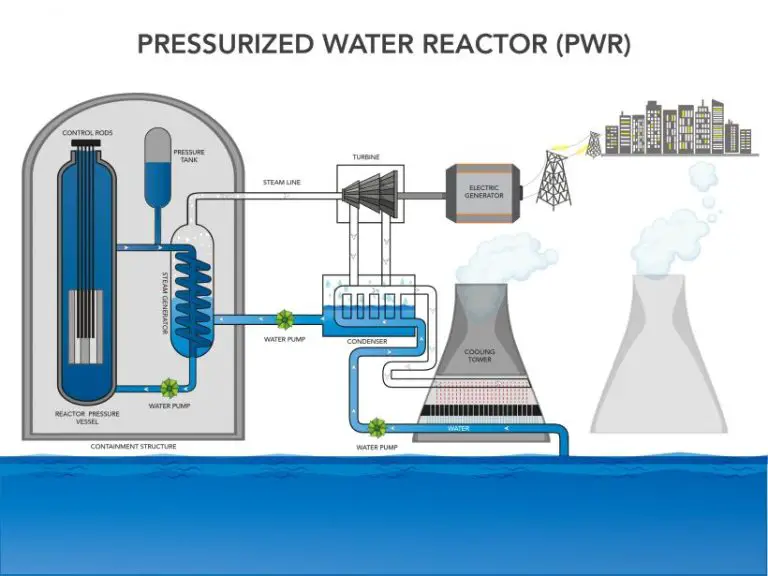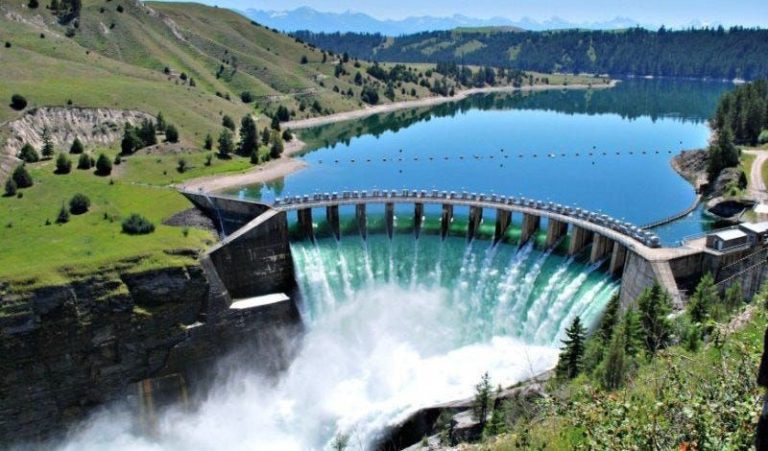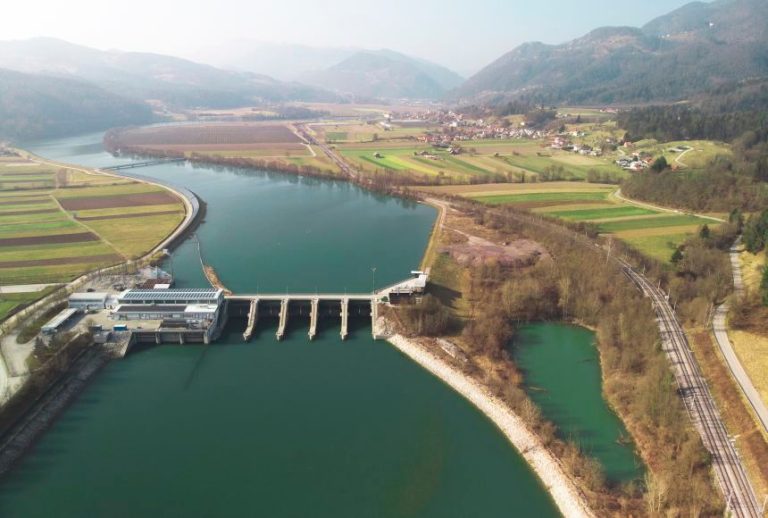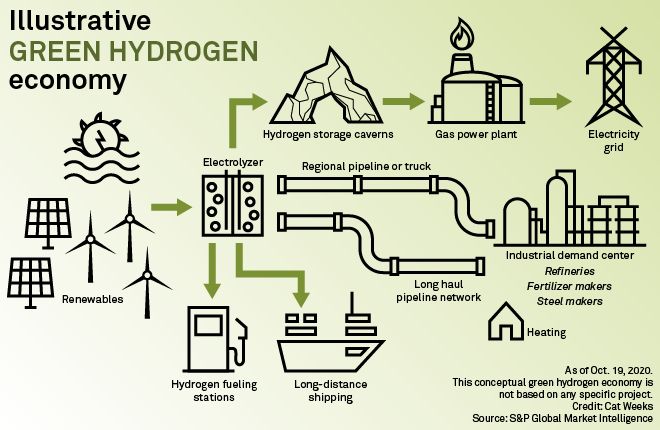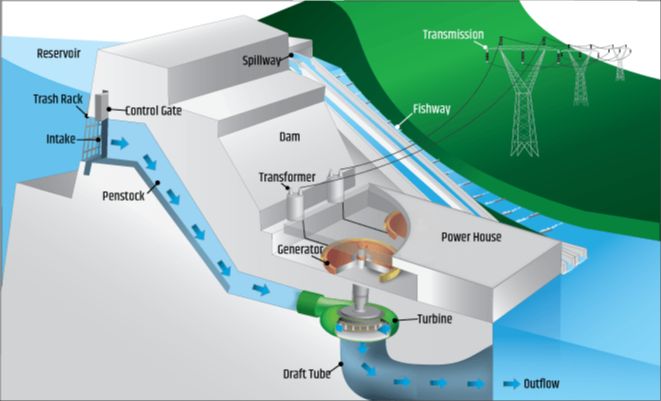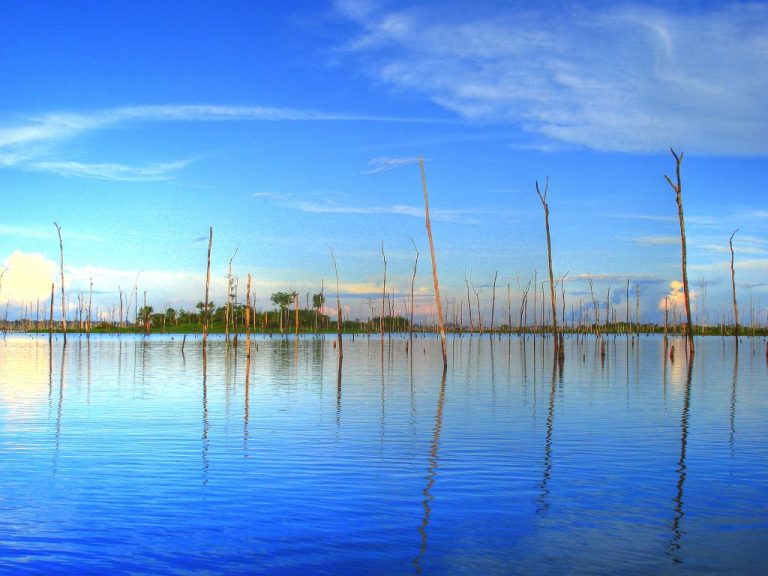How Do Hydroelectric Dams Affect Water?
A hydroelectric dam is a large structure built across a river to generate electricity through hydropower. It works by using the power of water flowing through turbines to turn a generator that produces electricity (Energy Education, 2022).
The first hydroelectric dams were built in the late 19th century starting with the Niagara Falls hydroelectric project in 1879 (Energy Education, 2022). Hydroelectric dams then began to be widely constructed in the early 20th century as a way to produce renewable electricity.
Hydroelectric dams operate by controlling and directing the flow of water from a river or reservoir. The dam holds back and stores water in the reservoir on the upstream side. The water is then released through gates in the dam into the turbines at high pressure. As the water flows through the turbines it causes them to spin. The spinning turbines turn electromagnets inside a generator to produce electricity (AZO CleanTech, 2018).
Dam Construction
Constructing a hydroelectric dam involves building a barrier or embankment that blocks or redirects the flow of water in a river. The dam creates a reservoir and controls the water flow through turbines to generate electricity (1). Building dams and reservoirs substantially alters the natural flow of rivers and can have several effects on the surrounding environment and ecosystems (2).
Damming rivers floods vegetation and can destroy forested areas upstream of the dam. The reservoirs created by dams inundate the land behind the dam and alter wildlife habitat. Dams also fragment rivers, blocking fish migration routes and preventing access to spawning grounds (2). Overall, dam construction transforms free flowing river ecosystems into artificial slackwater reservoirs. This leads to losses of biodiversity and habitats.
Sources:
(1) https://www.eia.gov/energyexplained/hydropower/hydropower-and-the-environment.php
(2) https://www.ucsusa.org/resources/environmental-impacts-hydroelectric-power
Water Flow
The construction of dams significantly alters the natural flow of rivers and water downstream. Dams allow operators to control the amount of water released, which can help prevent downstream flooding during periods of high precipitation and can help mitigate droughts by storing water during wet seasons for release during dry seasons.
However, the artificial control of water flow by dams disrupts the natural seasonal cycles that aquatic ecosystems have adapted to over time. While dams can store water to prevent short-term floods and droughts, they alter the natural ebb and flow of rivers.
Dams typically release water from the bottom of the reservoir. This can mean that water downstream is colder in the summer and warmer in the winter than it would be naturally. It also results in a more steady flow rate than the natural variable flow caused by precipitation patterns, snowmelt, etc. (Do dams reduce the flow of river downstream?). Overall, dams drastically change the quantity, timing, and temperature of water flowing downstream.
Sedimentation
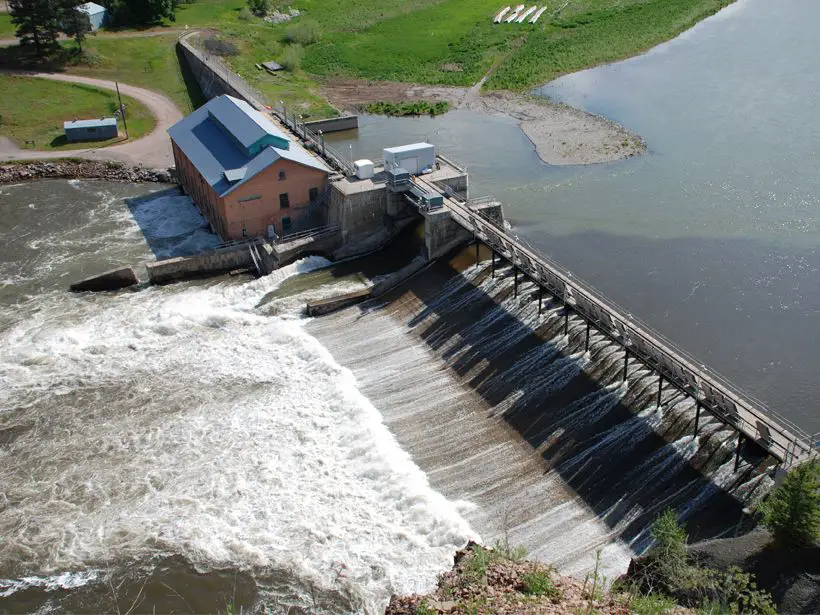
Dams block the natural transport of sediment downstream, causing a buildup of sediment behind the dam structure over time (Kondolf, 2014). This interrupts the continuity of sediment flow through the river system. As more and more sediment accumulates in the reservoir, storage capacity is reduced. According to Kondolf (2014), reservoirs lose storage capacity at a rate of 0.5-1% annually due to sedimentation.
The areas downstream of dams are also affected by the lack of sediment. Without the regular delivery of sediment from upstream, the downstream areas experience increased erosion. Sediment-starved water can lead to riverbed degradation, channel deepening, and erosion of riverbanks (Hydro Review, 2017). This can damage aquatic habitats, infrastructure, and land use in downstream areas.
There are various techniques used to manage sedimentation in reservoirs, such as flushing sediment through bottom outlet gates or allowing for density current venting. However, mitigation is difficult and sedimentation remains one of the major challenges of dam operations (Kondolf, 2014).
Water Quality
The construction of dams and reservoirs often leads to changes in water quality, especially in the reservoir itself. According to a 2019 review by Winton et al., reservoirs can experience higher water temperatures, lower oxygen levels, and increased algae growth compared to free-flowing rivers (Winton et al., 2019). The stagnant waters of reservoirs allow the sun’s radiation to heat surface waters more readily. Deeper reservoir waters can also become stratified, with warm oxygen-poor waters at the surface and colder oxygen-rich waters at depth. This stratification reduces mixing between surface and deep waters.
Lower oxygen levels in reservoirs can lead to less desirable aquatic habitats and even fish kills. Increased nutrients like phosphorus and nitrogen from agricultural and urban runoff accumulate in reservoirs and promote algal blooms, including toxic blue-green algae. Decaying algae further reduces oxygen. According to NOAA, reservoirs often produce large amounts of algae and plants, leading to higher nutrient levels downstream (NOAA, 2019). Overall, human-made reservoirs significantly alter water quality compared to free-flowing rivers.
Fish Migration
Dams can significantly impact fish migration patterns by blocking access to spawning grounds and other key habitat (Sustainability Stanford). Historically, there were no physical barriers impeding fish migration in most major rivers. However, dams now block many traditional migratory routes. For example, over 2 million dams obstruct fish passageways in the United States (NOAA Fisheries).
Dams prevent many fish species like salmon from swimming upstream to spawn. They also stop eels and lampreys from migrating downstream after spawning. These barriers interrupt natural life cycles, reducing fish populations over time. Some dams have installed fish ladders to help select species pass upstream. However, many migratory fish cannot use ladders effectively. Overall, dams severely disrupt fish migration routes and contribute to population declines.
Greenhouse Gases
Hydroelectric dams can emit greenhouse gases like methane through the decomposition of vegetation and carbon inundated by the reservoir water (Hydropower’s carbon footprint). When reservoirs are created, large areas of land are flooded, causing vegetation and soil to decompose in an anaerobic environment, resulting in methane emissions. According to the U.S. Department of Energy, reservoirs account for around 4% of all human-related methane emissions globally (Tracking the Carbon Footprint of Hydropower).
However, most lifecycle analyses demonstrate hydropower has much lower lifecycle carbon emissions compared to fossil fuels. According to an analysis by the U.S. Nuclear Regulatory Commission, hydroelectric power emits between 15 to 70 grams of CO2 equivalent per kWh generated, while coal emits between 740 to 1,748 grams per kWh (Hydropower Greenhouse Gas Emissions). So while reservoirs do cause some greenhouse gas emissions, hydropower remains one of the lowest-carbon methods of generating electricity.
Land Use
Building hydroelectric dams can have major effects on surrounding land use by flooding large areas to create reservoirs. According to NASA, “Some hydroelectric reservoirs have flooded land areas as large as Lake Erie, effectively removing the land from other productive uses.”1 This flooding can destroy forests, wildlife habitats, agricultural land, and human settlements.
The reservoirs created by hydroelectric dams alter or completely destroy the natural habitats in the area. As reported by the Union of Concerned Scientists, “Flooding land for a hydroelectric reservoir has an extreme environmental impact: it destroys forest, wildlife habitat, agricultural land, and scenic lands.”2 The new artificial lake ecosystems disrupt native plant and animal species that are adapted to river habitats.
Downstream Effects
Dams significantly alter the natural flow of rivers, which has major effects on the river ecosystem downstream of the dam (Collier, 1996). One major impact is that dams change natural flood patterns by regulating water flow. Floods play an important ecological role in river ecosystems by distributing nutrients, recharging groundwater, and maintaining habitat diversity. By regulating floods, dams disrupt these natural ecological processes downstream (Williams & Wolman, 1984).
Dams also dramatically reduce the amount of sediment transported downstream, as sediment settles in the reservoir behind the dam. This causes increased erosion downstream and alterations in channel morphology and river habitat (Williams & Wolman, 1984). The changes to sedimentation patterns can be detrimental to river ecology and organisms adapted to natural sediment loads.
In addition, dams are a major barrier for migratory fish species trying to swim upstream to spawn. Fish populations below dams can become isolated from other populations, reducing genetic diversity. Fish such as salmon that rely on migrating both downstream and upstream to complete their life cycles are especially impacted (Ligon et al., 1995).
Conclusion
In summary, hydroelectric dams provide several benefits but also have significant environmental impacts. On the positive side, hydroelectric power is a renewable, low-emission energy source that provides reliable baseload power to the grid. Dams also allow for flood control, irrigation, and recreation. However, dams heavily impact river ecosystems by changing water flows, disrupting sediment transport, and impeding fish migration. Dams flood large areas of land and can displace human populations. Overall, hydroelectricity plays an important role in our energy mix, but it’s crucial to consider the tradeoffs and implement mitigation strategies when planning and operating dams.

